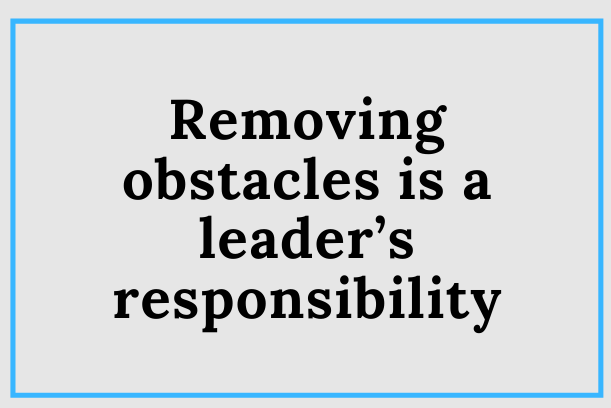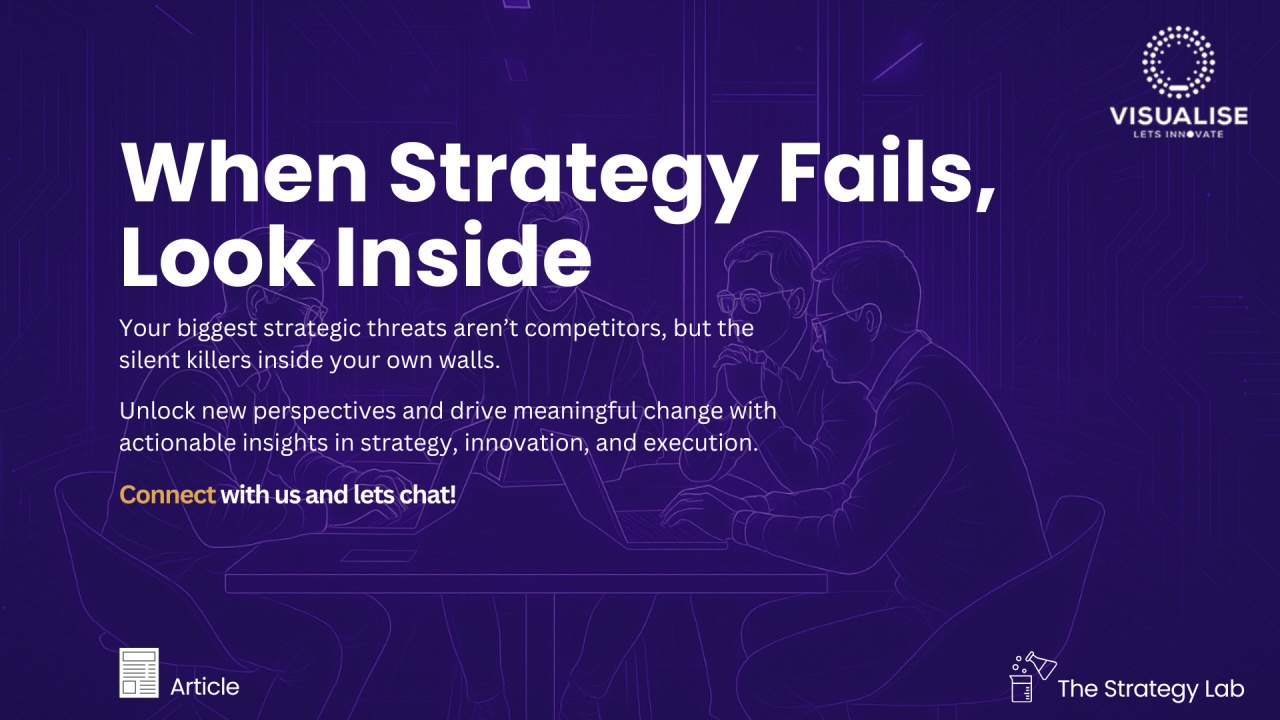Dec26

Pietersen’s Strategic Learning Framework emphasizes the cycle of learning, deciding, acting, and adapting. Unlike traditional strategic planning processes that are linear and rigid, Strategic Learning fosters agility and responsiveness, which are crucial in today’s dynamic environment. The framework is built around four steps:
This iterative process ensures that strategy remains dynamic and continuously relevant, a hallmark of successful organizations in uncertain times.

Pietersen posits that learning is not a peripheral activity but the central driver of strategic success. Why? The business landscape continuously shifts due to technological advancements, changing customer preferences, and emerging competition. To stay ahead, businesses must develop an "outside-in" perspective, constantly scanning the environment to anticipate trends and challenges.
One of Pietersen's key contributions is his emphasis on insight-driven learning. Companies like Amazon and Netflix thrive not because they are the most prominent players but because they have mastered learning about their customers and responding quickly to unmet needs.
For example:
These companies illustrate Pietersen’s argument that learning enables businesses to move faster, pivot smarter, and win decisively.
Traditional strategic planning often fails because it assumes a predictable world where linear forecasts and annual plans suffice. However, as Pietersen explains, the reality is very different. Markets are unpredictable, competitors are ruthless, and disruptions are frequent. A learning-driven strategy acknowledges this uncertainty by focusing on adaptability and iteration.
Consider the case of Kodak, which stuck to its traditional plans even as digital photography disrupted its industry. Kodak's failure to learn and adapt cost it dearly. In contrast, companies like Apple and Tesla continuously adapt their strategies based on evolving industry trends, demonstrating the power of Strategic Learning.
To embed learning in business strategy, organizations can adopt the following practices inspired by Pietersen’s work:
Leadership is pivotal in cultivating a learning-driven organization. Pietersen emphasizes that leaders must model curiosity, embrace ambiguity, and champion adaptability. Instead of seeking to control every outcome, leaders should empower their teams to make decisions, learn from mistakes, and iterate rapidly.
As Willie Pietersen insightfully articulates, "Strategy is about making choices, and good choices require good learning." The organizations that win are those that continuously learn, adapt and evolve. Strategic Learning is not just a methodology—it’s a philosophy that aligns strategy with the realities of an ever-changing world.
By embracing Pietersen’s framework and adopting a learning culture, businesses can navigate complexity, seize opportunities, and achieve sustainable success. As history has shown, learners often inherit the future in the strategy game.
Visualise Solutions is a boutique strategy consultancy firm based in Leicestershire, UK. Transform your business with our strategic advisory services, focusing on innovation, strategy formulation, and execution. Utilise our expertise in strategy, business model innovation, OKRs, and balanced scorecards.
You can learn more about us by contacting us now.
By Andrew Constable MBA, XPP, BSMP
Keywords: Business Strategy, Innovation, Leadership
 Are You Setting The Direction?
Are You Setting The Direction? There Seems to be Some Confusion: Exit vs Succession
There Seems to be Some Confusion: Exit vs Succession  When Strategy Fails, Look Inside
When Strategy Fails, Look Inside The Modular Ascent: Integrating Gemini 3, V-JEPA, and World Models for Aviation AGI
The Modular Ascent: Integrating Gemini 3, V-JEPA, and World Models for Aviation AGI Mark Lynd's 2026 Cybersecurity Predictions
Mark Lynd's 2026 Cybersecurity Predictions